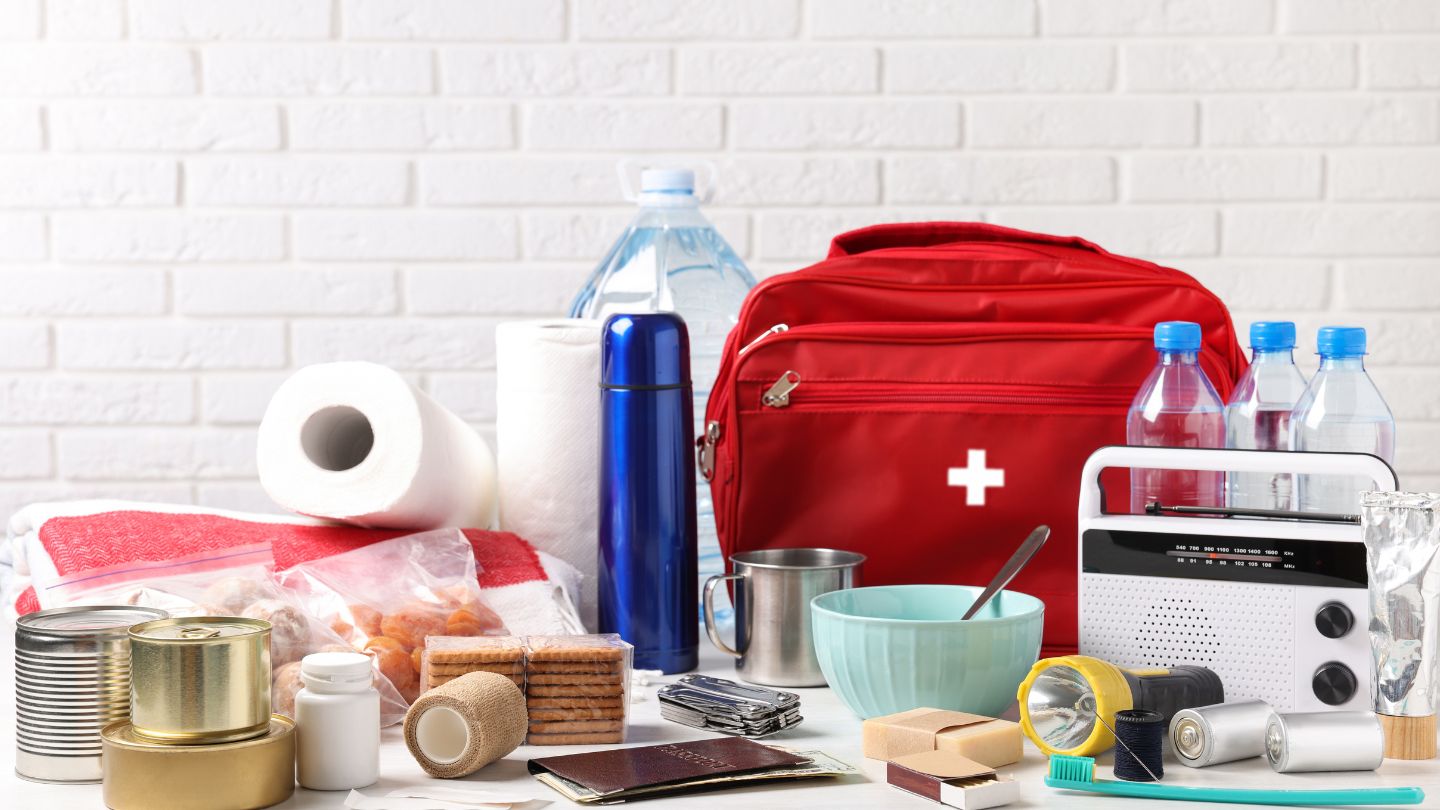Natural disasters, such as hurricanes, earthquakes, floods, and fires, can strike at any moment. In situations like these, the importance of being prepared cannot be overstated. One crucial aspect of preparedness is having a well-stocked disaster supplies kit at your disposal. A well-prepared kit can make all the difference in ensuring the safety and well-being of you and your family.
Basic Supplies
Water
- 1 gallon per person per day for at least three days Water is essential for survival. According to the Centers for Disease Control and Prevention (CDC), you should have at least one gallon of water per person per day for at least three days. This should cover both drinking and sanitation needs.
- CDC Water Guidelines
Food
- At least a three-day supply of non-perishable food items Canned goods, dried fruits, and high-calorie energy bars are good choices.
- FEMA Food Guidelines
Manual Can Opener
If your food supplies include canned goods, don’t forget to pack a manual can opener.
Basic Tools
- Screwdrivers, pliers, hammers, and a multi-tool can come in handy for basic repairs.
Health and Sanitation
First-Aid Kit
- Bandages, antiseptics, tweezers, scissors, and pain relievers are must-haves.
- Red Cross First-Aid Kit Guidelines
Personal Sanitation
- Moist towelettes, garbage bags, and plastic ties can assist with sanitation.
Prescription Medications
- Ensure a supply of any required prescription medications, as well as glasses or contact lenses if needed.
Clothing and Bedding
Clothes
- Pack at least one complete change of clothing and footwear per person, taking into consideration the climate where you live.
Bedding
- Sleeping bags or warm blankets for each person are necessary for colder climates.
Communication and Information
Battery-Powered or Hand-Crank Radio
- Consider a NOAA Weather Radio with tone alert.
- NOAA Radio Guidelines
Local Maps
- Navigation apps may not be available, so paper maps are a safe alternative.
Important Documents
- Copies of insurance policies, identification, and bank records should be stored in a waterproof container.
Miscellaneous Items
Flashlight
- With extra batteries or a hand-crank alternative.
Fire Extinguisher
- A small, lightweight extinguisher can be vital in case of fire emergencies.
Cash
- In smaller denominations, as ATMs and credit card machines may not be working.
Customizing Your Kit
Tailor your kit to meet the unique needs of your family, including pets, infants, or elderly members. FEMA’s guide on additional items can help you customize your disaster supplies kit more effectively.
Summary
While no one likes to think about the possibility of disaster striking, being unprepared is a risk that’s simply not worth taking. A disaster supplies kit is your first line of defense in maintaining health and safety. Invest the time and resources to build a comprehensive kit, and review it periodically to ensure its contents are up-to-date and in good condition.
Remember, preparation today can make a world of difference tomorrow.
Author

An aspiring business leader, I am working towards my dream of graduating from Stanford University with a degree in Business Management. Passionate about sharing knowledge, I strive to empower others through education and collaborative learning.
View all posts


